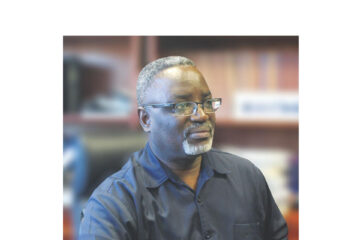The advent of the green economy heralds a promising era of sustainability, where economic growth is intertwined with environmental preservation. At the heart of this transition lies spatial planning, a potent tool poised to shape landscapes conducive to green innovation and resilience. While the synergy between the green economy and spatial planning holds immense potential, critical challenges persist, threatening to undermine its transformative impact.
Spatial planning serves as the architect of sustainable development, orchestrating land use, infrastructure, and resource allocation to foster harmony between society and the environment. In the context of the green economy, it plays a pivotal role in creating an enabling environment where eco-friendly practices can flourish. By designating areas for renewable energy projects, promoting mixed-use developments, and preserving natural habitats, spatial planning establishes the foundation for a thriving green economy.
Moreover, spatial planning facilitates the integration of renewable energy sources into the urban fabric, paving the way for decentralised energy systems and reducing reliance on fossil fuels. Through strategic zoning regulations and incentives, it incentivises the adoption of clean technologies, fostering innovation and investment in green industries. Additionally, by prioritising public transportation and sustainable infrastructure, spatial planning promotes low-carbon lifestyles, mitigating the ecological footprint of urbanisation.
However, despite its instrumental role, spatial planning faces formidable challenges in realising the full potential of the green economy. Chief among these is the conflict between short-term economic interests and long-term sustainability goals. Pressure to prioritise profit-driven development often leads to unsustainable land use practices, undermining conservation efforts and exacerbating environmental degradation.
Furthermore, the effectiveness of spatial planning hinges on political will, institutional capacity, and stakeholder engagement. In many jurisdictions, fragmented governance structures and competing interests impede coherent planning processes, hindering the implementation of sustainable policies. Moreover, inadequate enforcement mechanisms and regulatory loopholes undermine the efficacy of spatial planning, allowing unsustainable practices to persist unchecked.
Addressing these challenges requires a paradigm shift in decision-making processes and governance frameworks. It necessitates a holistic approach that prioritises the integration of environmental considerations into all facets of policy-making and development planning. Moreover, enhancing public participation and fostering multi-stakeholder collaboration are essential to ensure the inclusivity and transparency of spatial planning processes.
In conclusion, the green economy holds immense promise as a pathway to sustainable development, with spatial planning serving as its linchpin. By creating an enabling environment for green innovation and resilience, spatial planning can catalyse the transition towards a more sustainable future. However, realising this vision requires concerted efforts to overcome critical challenges and foster a collective commitment to sustainability. Only through bold and decisive action can we harness the full potential of the green economy and secure a prosperous future for generations to come.
Vivian !Nou-/Gawaseb is a town & regional planning technician based in Namibia. He is currently pursuing a postgraduate degree in the latter field and writes on spatial planning, urban governance and sustainable development. Reach him at nougawasebvivian@gmail.com




